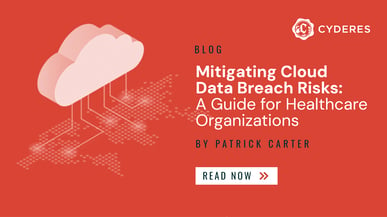Based on current developments and emerging technologies, we've compiled some cybersecurity predictions for 2025:
Increased Use of Artificial Intelligence (AI) and Machine Learning (ML)
Enhanced threat detection: AI can quickly analyze vast data to identify anomalies and potential threats.
Automated incident response: AI can automate routine tasks like patching vulnerabilities and blocking attacks.
Improved threat intelligence: AI can help gather and analyze information about emerging threats.
Quantum Computing and Post-Quantum Encryption
Breaking current encryption: Quantum computers could break encryption algorithms, making data vulnerable.
Development of post-quantum encryption: Researchers are working on new encryption algorithms resistant to quantum attacks.
Zero Trust Architecture (ZTA)
Increased adoption: ZTA's principle of "never trust, always verify" is gaining popularity as a way to protect against breaches.
Integration with other security controls: ZTA can be combined with other security measures, such as identity and access management (IAM) and network security.
Supply Chain Security
Increased focus: As supply chains become more complex, attacks targeting third-party vendors and suppliers are rising.
Enhanced security measures: Organizations are implementing more robust security controls for their supply chains, including risk assessments and vulnerability management.
IoT and 5G Security
Growing attack surface: The proliferation of IoT devices and the rollout of 5G networks create new vulnerabilities.
Improved security measures: Manufacturers and network operators focus on securing IoT devices and 5G networks.
Ransomware and Extortion
Continued threat: Ransomware attacks will likely remain significant, with attackers targeting critical infrastructure and demanding higher ransoms.
Improved prevention and response: Organizations invest in ransomware prevention and response strategies, including backups, incident response planning, and cybersecurity awareness training.
Cloud Security
Evolving threats: As more organizations move to the cloud, new security challenges such as data privacy, and compliance arise.
Enhanced cloud security measures: Cloud providers and organizations are implementing more robust security controls, including encryption, access controls, and threat detection.
These trends will likely shape the cybersecurity landscape in 2025 and beyond.
Organizations must stay informed about these developments, and adapt their security strategies to protect themselves from emerging cyber threats.
Ready to put these insights into practice and improve your ongoing security posture?
For more cybersecurity tips, follow Cyderes on LinkedIn and X.



